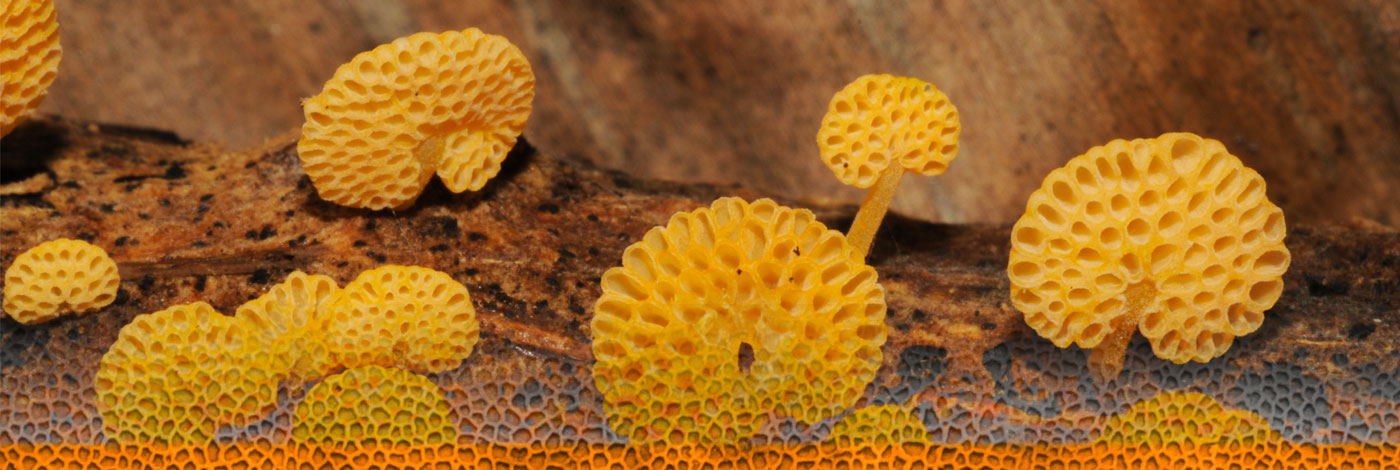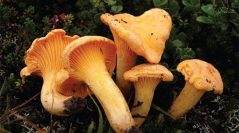

 Cryptogamie, Mycologie
36 (3) - Pages 287-300
Cryptogamie, Mycologie
36 (3) - Pages 287-300Species of Cantharellus contain carotenoid pigments, which produce yellow, orange and red colours. As microscopic characters are of limited value to separate species, colour has always been an important taxonomic character for species delimitation in Cantharellus. Entirely white Cantharellus or specimens lacking yellow pigments are occasionally reported from Europe, but it is unclear whether these represent independent species or are simply unusual colour variants of otherwise yellow species. The main objective of this study is to assess the taxonomic identity of such white and orange specimens using molecular data. In the context of an ongoing 4-gene phylogeny of European Cantharellus, an ITS2-LSU dataset representing all the European taxa was assembled, including 9 white and 3 orange specimens. Bayesian analyses revealed that white specimens may occasionally occur in C. amethysteus, C. cibarius, C. ferruginascens, C. pallens and C. romagnesianus, whereas orange specimens are found in C. cibarius and C. pallens. We therefore associate white specimens with an albinism phenomenon due to a possible absence of carotenoids. Accordingly, the names C. cibarius var. inodorus and C. cibarius f. pallidus are neotypified and synonymized with C. cibarius, while C. gallaecicus is considered a synonym of C. romagnesianus based on sequences from a paratype specimen of the former. Likewise, the name Cantharellus cibarius var. salmoneus is neotypified and falls in synonymy with C. cibarius.